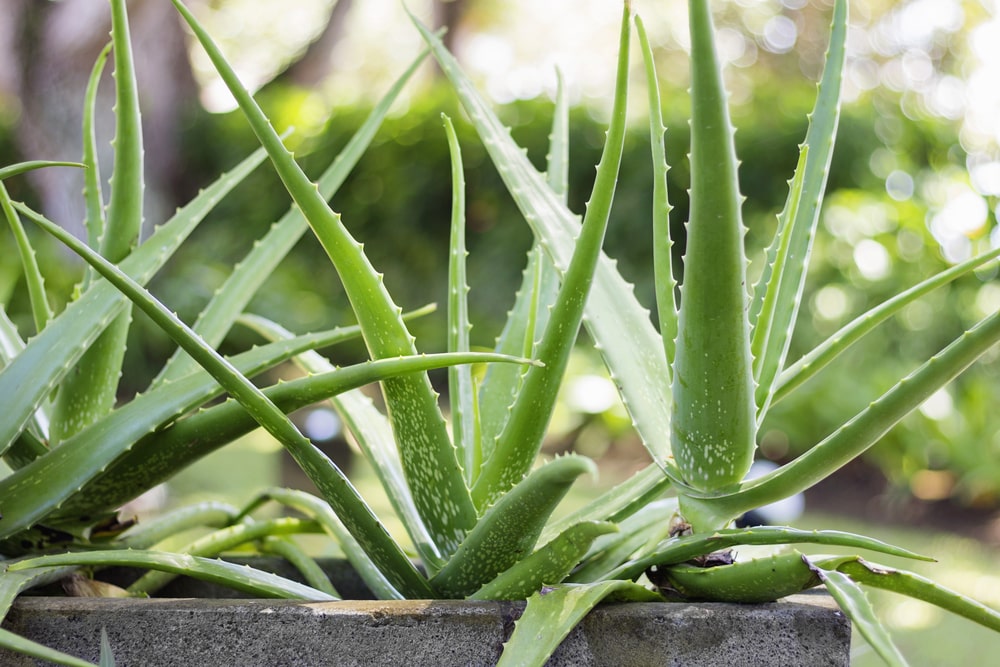The reason I chose Aloe Vera as my houseplant highlight is simple. Aloe Vera is popular with homeowners and relatively easy to grow. One reason for its popularity is its medicinal use.
Aloe Vera plants have been used for medicinal purposes for thousands of years. Cleopatra is reputed to have used Aloe gel in her beauty regimen.
Here are a few care tips for growing a healthy Aloe Vera Plant in your home
- The most common mistake is overwatering. You want the soil and roots to dry out between waterings. So, soak the pot until the water drains out of the bottom. Don’t water again until you feel the soil with your finger and the soil is dry. You may only need to water Aloe plants a couple of times each month.
- Aloe vera plants like bright light, so a southern-facing window is an ideal spot for them. However, while they can tolerate some direct sunlight, they can “tan” if they get too much sunlight.
- It is OK to put your Aloe plant outdoors during the summer, where it can get bright, indirect sunlight—Aloe plants like temperatures between 55 and 85 degrees. Don’t put it outside too early because you don’t want to expose it to temperatures below 40 degrees. So, here in Central Virginia, we suggest waiting until around the first of May.
- Aloe vera plants are not heavy feeders. You may only need to feed the plant once or twice a year.
- As for re-potting, Aloe Vera plants are very slow growers. They do not need to be repotted very often. If you decide to re-pot, choose a shallow container with good drainage that is an inch or two larger than the current pot it is in. The soil used for re-potting needs well-draining soil, such as ESPOMA ORGANIC’S CACTUS SOIL.
- Aloe Vera plants contain compounds that have anti-inflammatory and anti-microbial properties. Studies show it may shorten the duration of wound healing for mild burns and help soothe itchy skin. To use medicinally without damaging the plant, take a sharp knife and trim a single leaf as close to the base as possible. Cut the leaf from the outermost part of the plant where the leaves are more mature. Then scoop out the gel and apply it to the skin.
One word of caution!!! Aloe plants are toxic to pets if ingested. So, enjoy the plants but keep them out of reach of cats and dogs.
Come in to see us because we carry Aloe Vera plants year-round.
HAPPY ‘HOUSEPLANT’ GARDENING!!!!!!!

